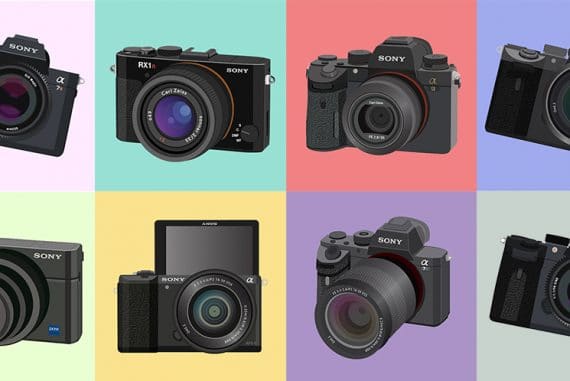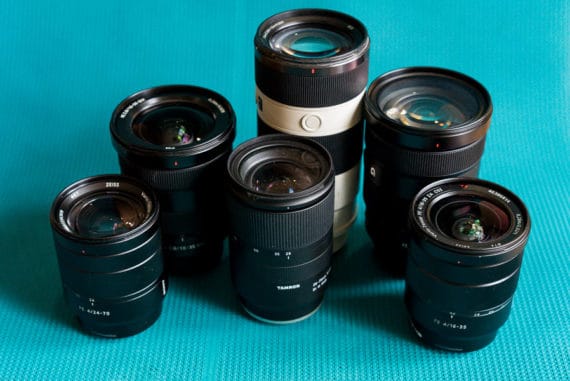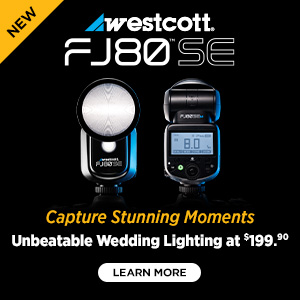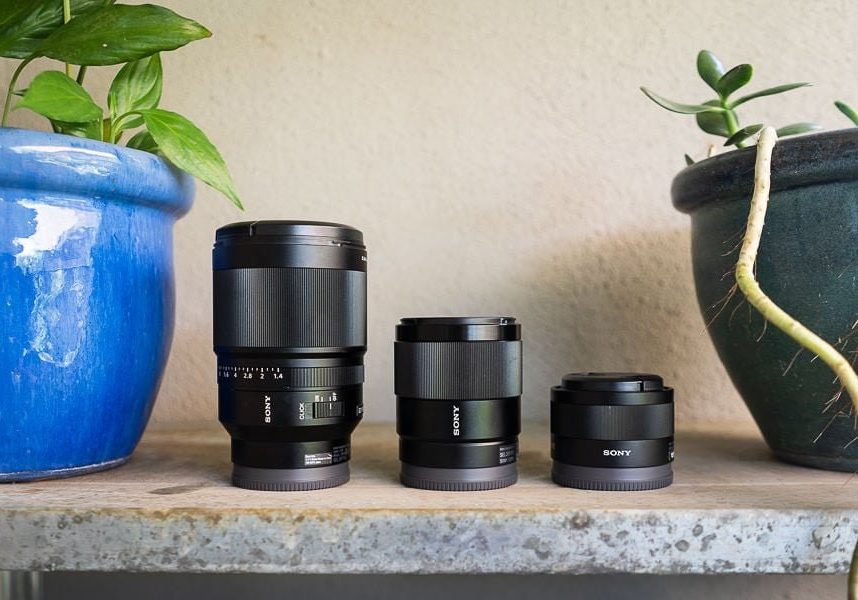
3 Popular Sony 35mm Lenses Compared (f/1.4 vs 1.8 vs 2.8)
Trying to decide between the 3 Sony 35mm lenses for Alpha mirrorless cameras? See which one is best for you - the 35mm f/1.4, f/1.8 or f/2.8!
This Sony 35mm FE lens comparison will be useful for any Alpha camera owner who’s a fan of the classic 35mm focal length.
Whenever I buy a new camera, the first lens I purchase is always a 35mm.
Even if I use an APS-C or a compact camera, I try and find something with as close to a 35mm equivalent field of view as possible (usually around 23mm).
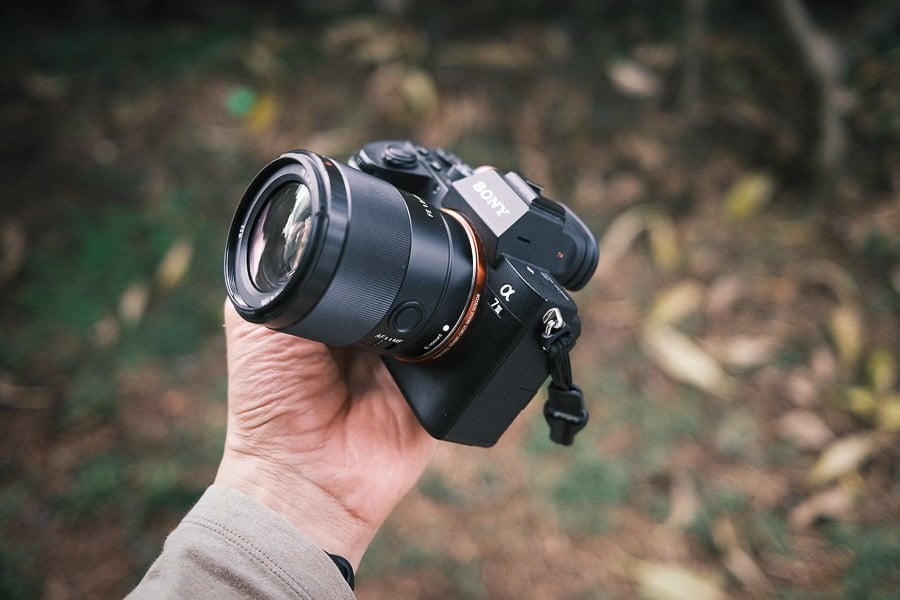
Great image quality, lightweight and compact - the best bang for the buck Sony 35mm of the year.
Purchasing all 3 variants of Sony’s 35mm lenses was a bit overkill, but it’s allowed me to carry out the tests below to decide which one I want to keep.
Each of the lenses has its strengths and weaknesses, and it’s tempting to keep them all for use in different scenarios…
Let’s have a closer look at the qualities I deem most important for a lens and compare each of them so you can make a choice about which is the best one for you.
Sony FE 35mm Lens Comparison | Specs
Sony 35mm f/1.4 Distagon T* FE ZA
- Focal Length 35mm
- Aperture f/1.4 – f/16
- Format Compatibility Full-Frame
- Angle of View 63°
- Minimum Focus Distance 11.81″ / 30 cm
- Maximum Magnification 0.18x
- Optical Design 12 Elements in 8 Groups
- Diaphragm Blades 9, Rounded
- Filter Size 72 mm (Front)
- Dimensions (ø x L) 3.09 x 4.41″ / 78.5 x 112 mm
- Weight 1.39 lb / 630 g
- Sony 35mm f/1.4 Review
Click here for the latest price >>
Sony 35mm f/1.8 FE
- Aperture f/1.8 – f/22
- Format Compatibility Full-Frame
- Angle of View 63°
- Minimum Focus Distance 8.7″ / 22.1 cm
- Maximum Magnification 0.24x
- Optical Design 11 Elements in 9 Groups
- Diaphragm Blades 9, Rounded
- Filter Size 55 mm (Front)
- Dimensions (ø x L) 2.58 x 2.87″ / 65.6 x 73 mm
- Weight 9.9 oz / 281 g
- Sony 35mm f/1.8 Review
Click here for the latest price >>
Sony 35mm f/2.8 Sonnar T* FE ZA
- Aperture f/2.8 – f/22
- Format Compatibility Full-Frame
- Angle of View 62°
- Minimum Focus Distance 13.78″ / 35 cm
- Maximum Magnification 0.12x
- Optical Design 7 Elements in 5 Groups
- Diaphragm Blades 7, Rounded
- Filter Size 40.5 mm (via Hood) 49 mm (Front)
- Dimensions (ø x L) 2.42 x 1.44″ / 61.47 x 36.58 mm
- Weight 4.23 oz / 120 g
Click here for the latest price >>
Build & Ergonomics

The Sony 35mm f/1.4 is the best-built of the bunch.
Sony 35mm f/1.4
There’s no denying it – as Sony’s flagship 35mm lens with the largest aperture of the bunch, this one is built like a tank.
There’s metal everywhere, needed to protect the big chunk of glass that allows f/1.4 of light into your camera.
The focus ring is smooth and grip is adequate. It’s the kind of lens that would survive a few knocks and drops, even if your camera didn’t! Unfortunately, there’s no Af/Mf override switch.
You’re able to adjust the aperture using the lens barrel, and there’s a switch to turn the click on or off for video shooters. Personally, I would have preferred a programmable button, like the one on the next lens…
Sony 35mm f/1.8
This one also has a metal barrel and similar grip/smoothness of its f/1.4 bigger brother. There’s not nearly as much heft to it, but it still feels like it’s built to last.
There’s also a programmable button on the side, which allows you to use it to control your camera’s Eye-AF feature, among other things – this is a great feature.
Overall, it manages to feel like a high-quality lens, without being too chunky or overbearing. It also balances perfectly on all the Sony full-frame camera bodies.
Sony 35mm f/2.8
Metal construction, but with a much finer (less grippy) lens focus ring. Build quality is good, but due to its lightweight, it feels like a toy!
The big benefit of using this lens from a safety perspective is that since it doesn’t stick out much from the front of your camera, you’re less likely to knock it when carrying it.
Also if you happened to drop your camera, it’s less likely that the lens would snap at the attachment point. In this round of the Sony 35mm 1.4 vs 1.8 debate, the Sony 35mm f/1.8 wins.
Size/Weight
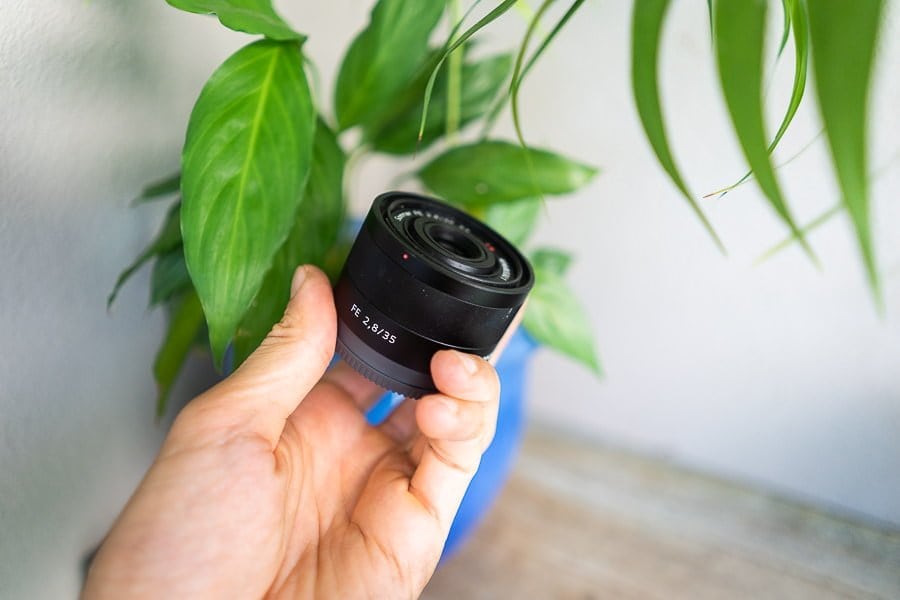
Aww it’s so cute! The dinky little 35mm f/2.8 Zeiss is a joy to shoot with.
Sony 35mm f/1.4
As with any fast prime lens, this thing is a beast. Tipping the scales at 1.39 lb / 630 g, this lens will weigh the same as, or more than whatever camera you attach it to.
That’s the trade-off for f/1.4 light sucking super-powers!
Sony 35mm f/1.8
f/1.8 is definitely the sweet spot in terms of great light capturing ability, without sacrificing size/weight. This lens feels great attached to my Sony a7III.
It’s not so small as to look like you’re using a cheap/unprofessional camera to your clients (to some pros, this is important), but still manages to be compact enough to make using your camera hugely enjoyable.
Sony 35mm f/2.8
Size/weight is the biggest draw-card of the dinky little f/2.8 – attaching it to your camera makes it feel more like you’re attaching a lens cap!
That’s the beauty of the absolute best pancake lens that any camera manufacturer offers here in 2024 – every time you use it, it’ll bring a smile to your face.
I took my Sony 35mm f/2.8 around the world to shoot destination weddings, and it helped me stay within the tight airline carry-on allowances.
It’s tempting to own this lens simply because of how small/light it is, especially when you consider its excellent performance.
Having a smaller, lighter lens at the end of a long day, is a great motivator to keep on shooting, especially as a wedding photographer. The Sony 35mm f/2.8 is the best 35mm lens for Sony in terms of weight.
Focus Performance
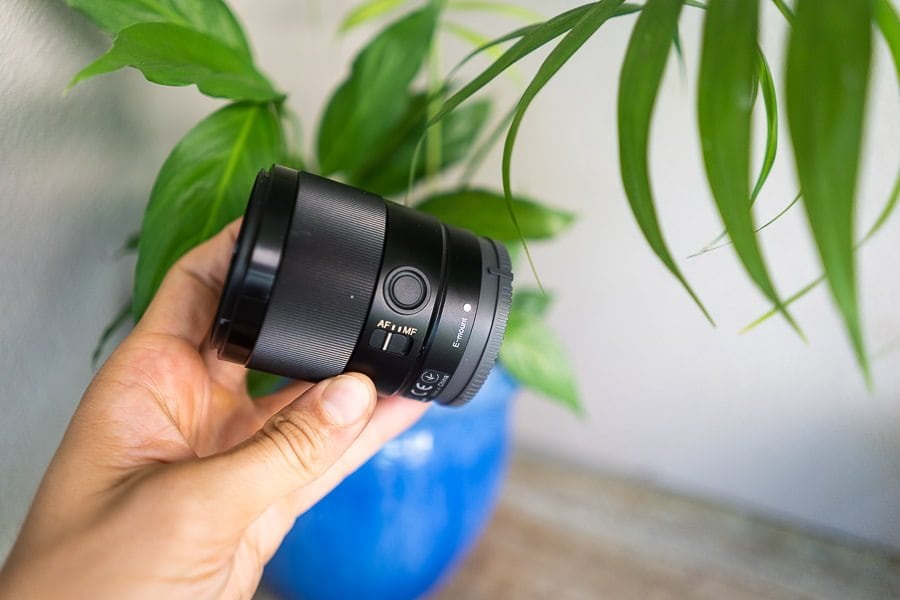
The Sony 35mm f/1.8 features great AF speed.
Sony 35mm f/1.4
With the benefit of that extra slither of light entering the lens, the 35mm f/1.4 is the obvious winner when it comes to low-light photography.
However, in fairer light where there’s a level playing field between the 3 options, the heavier glass element of the f/1.4 means slightly slower AF speeds than the other 2 lightweight options, but it’s hardly noticeable.
Sony 35mm f/1.8
Snappy and fast, even in low light.
Sony 35mm f/2.8
Snappy and fast too, but struggles a little in low light.
Image Quality
Since I haven’t been shooting any brick walls lately, the best way to judge between these 3 Sony 35mm FE lenses is to show off some images taken with each one.
Obviously, it’s a bit hard to compare apples to apples, since each image has been processed in Lightroom, and exported with a sharpening preset.
Nevertheless, I hope you get some idea of what each lens is capable of… and take it from me – they’re all razor-sharp and have excellent contrast and clarity. The Sony 35mm f/1.4 takes this round of the Sony 35mm 1.8 vs 1.4 face off.
Sony 35mm f/1.4

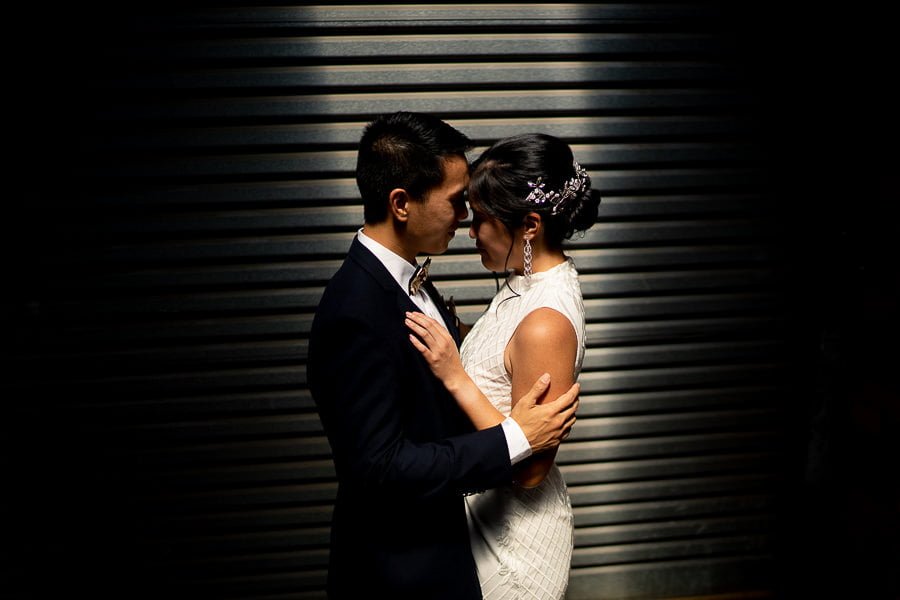

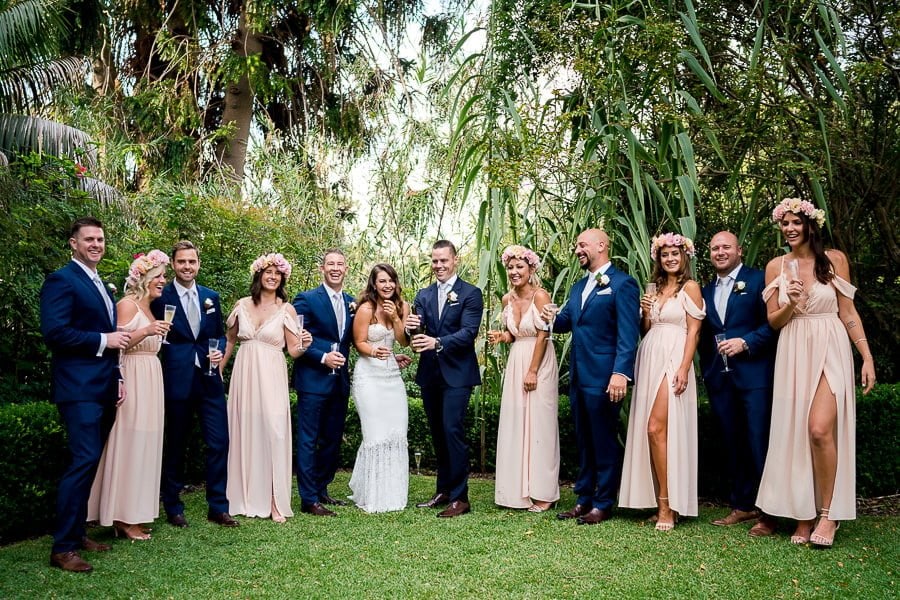
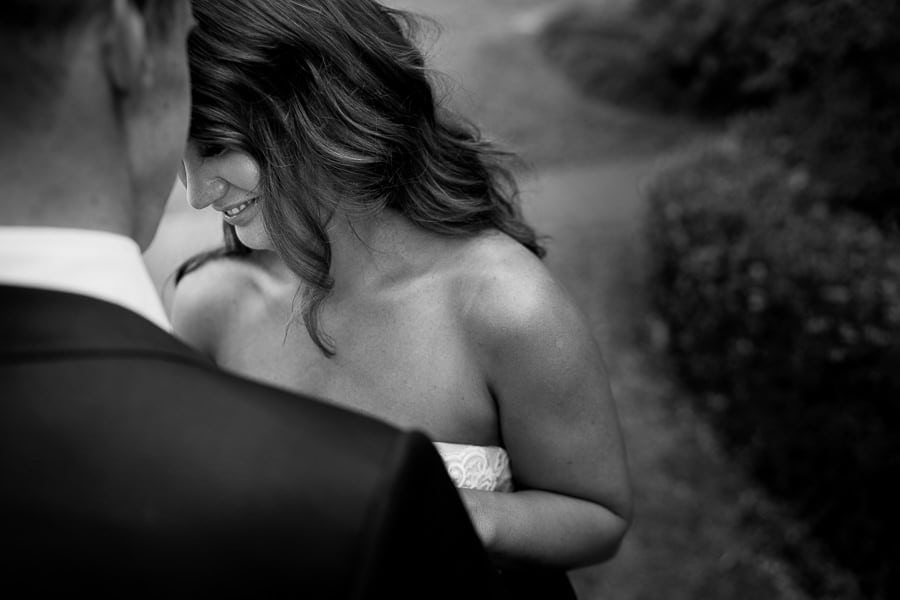
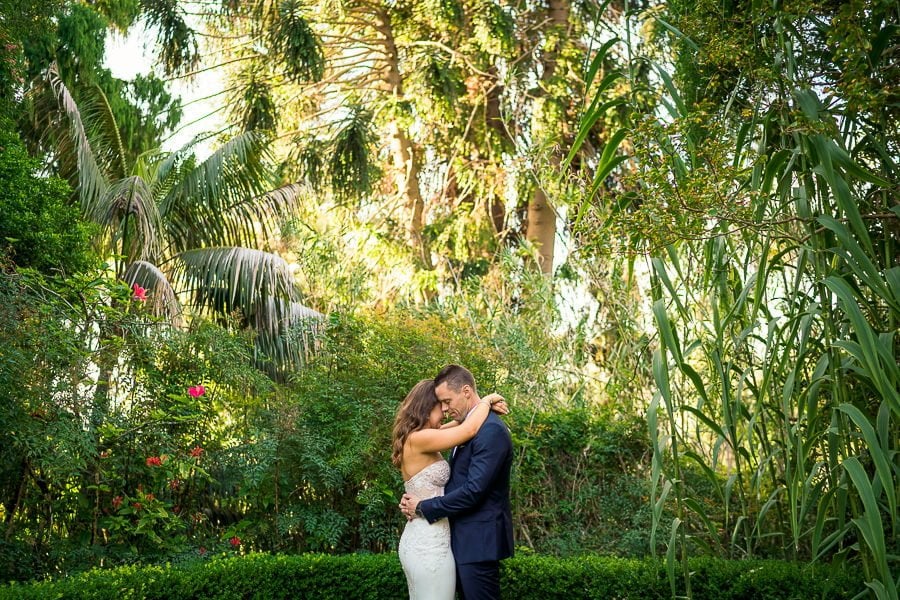
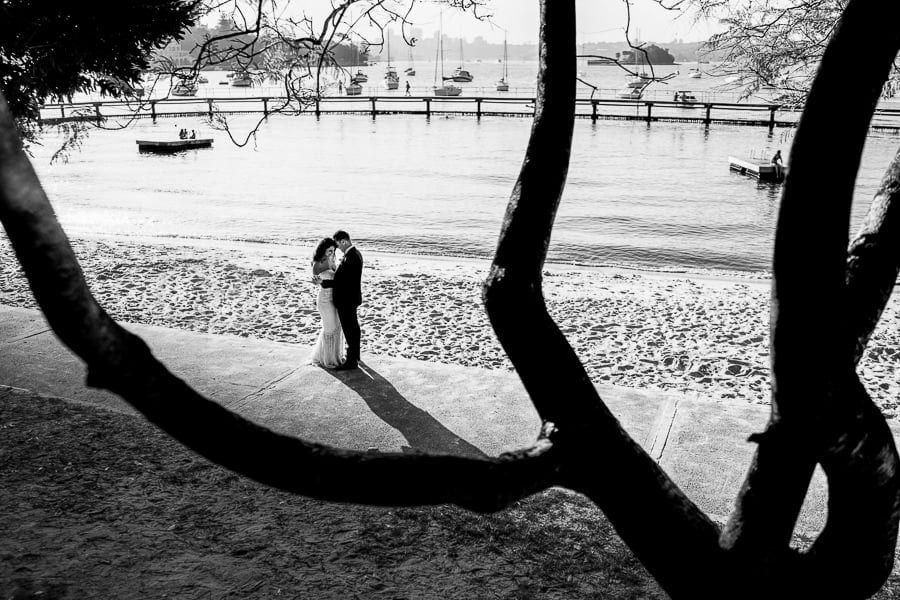




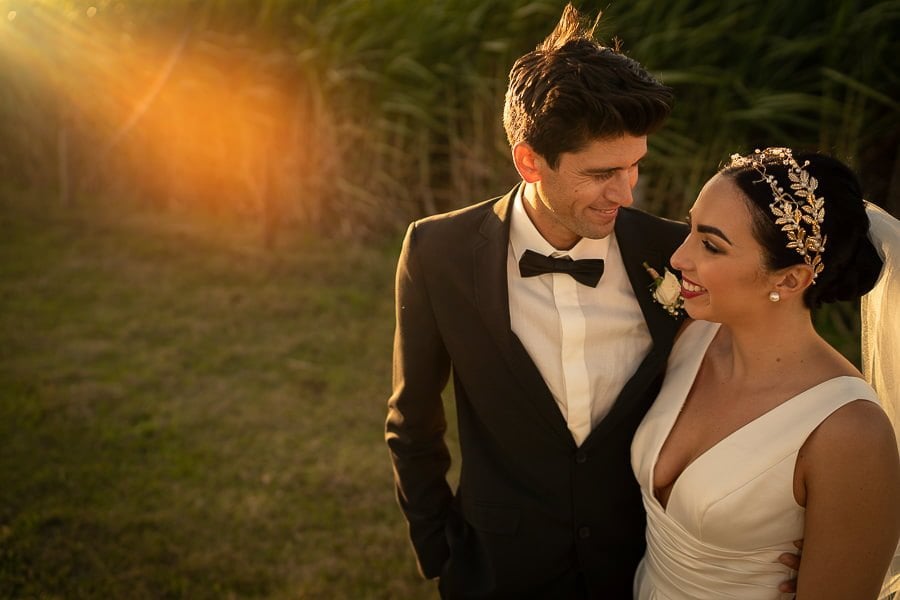



Sony 35mm f/1.8
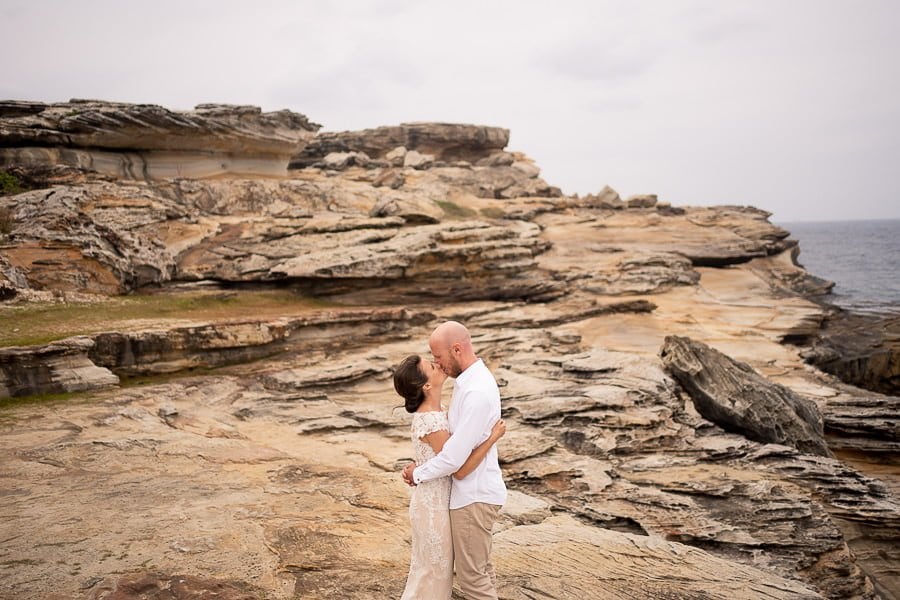


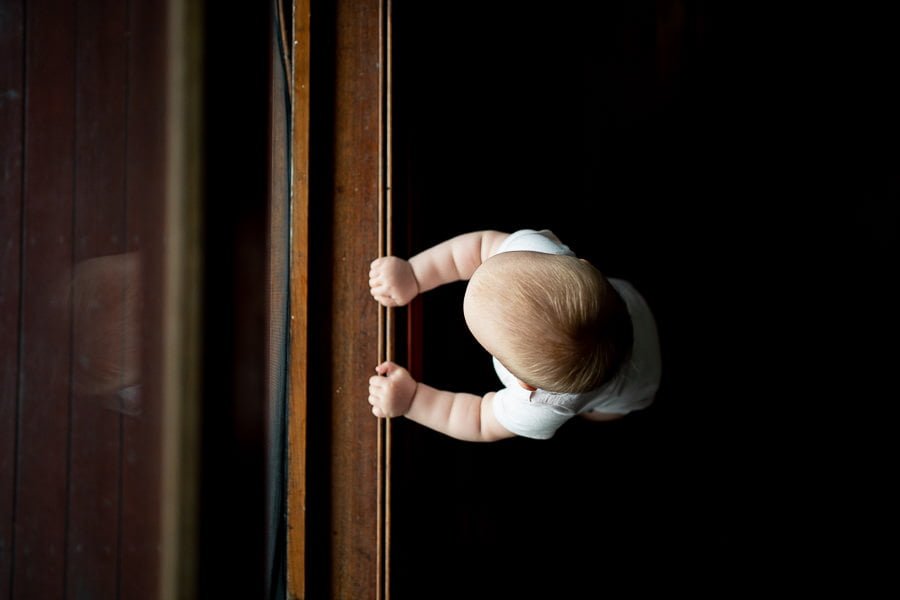







Sony 35mm f/2.8


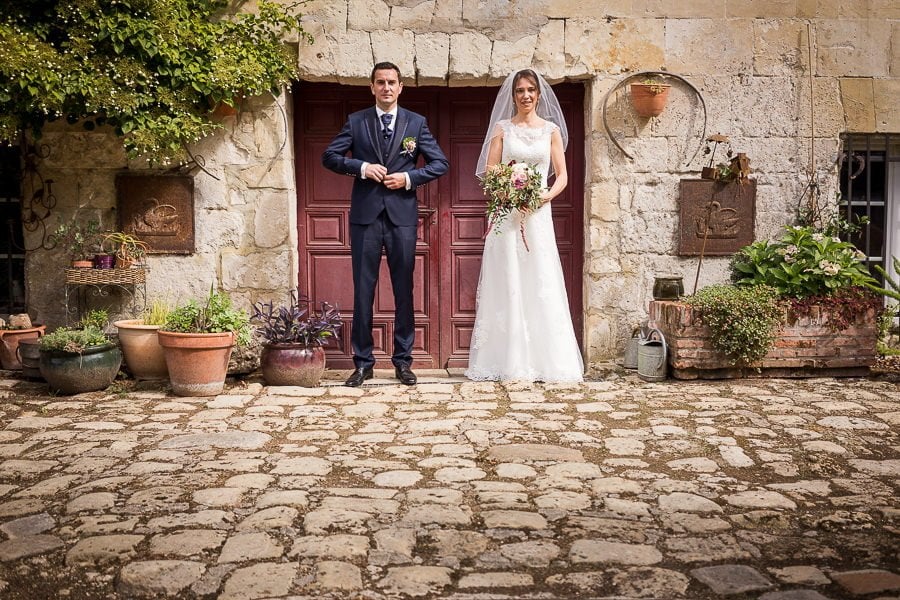






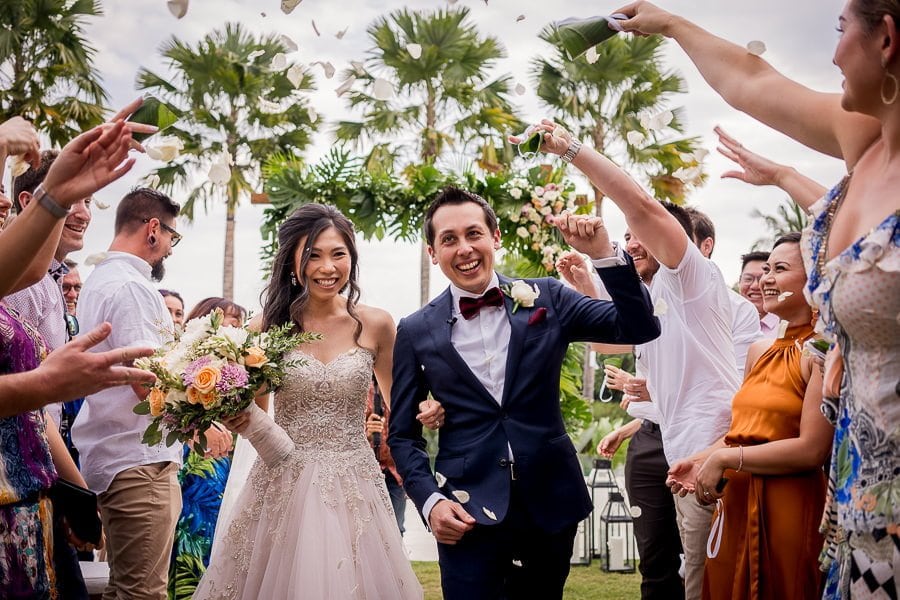

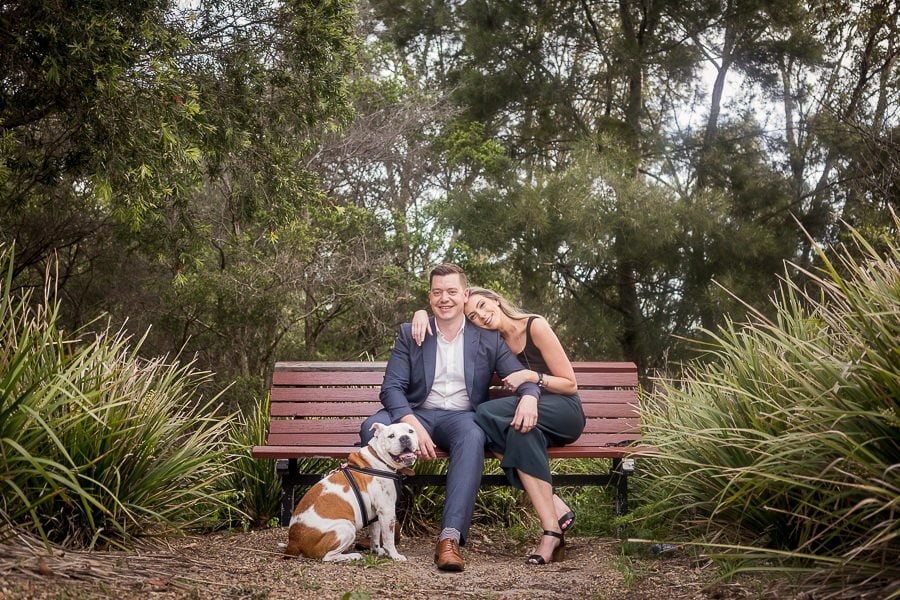

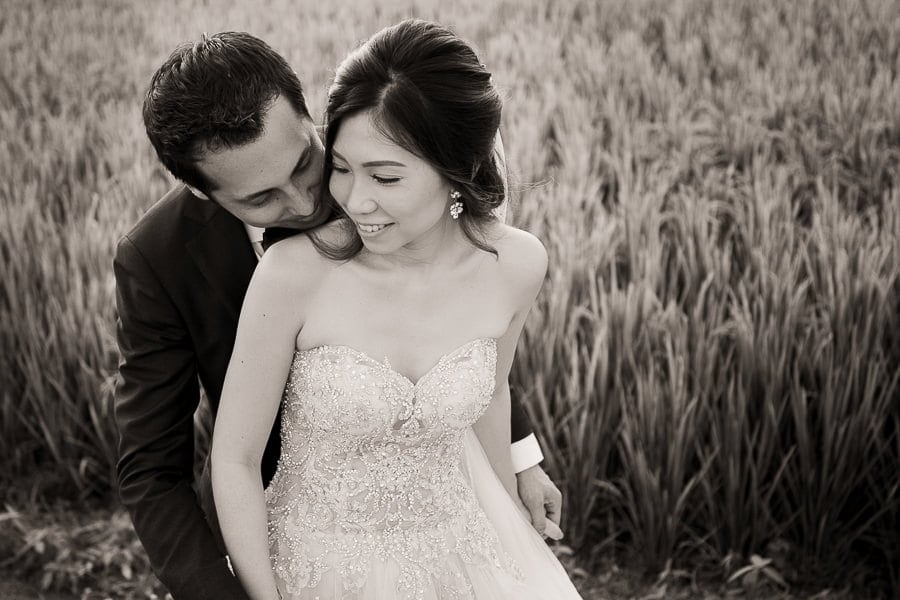



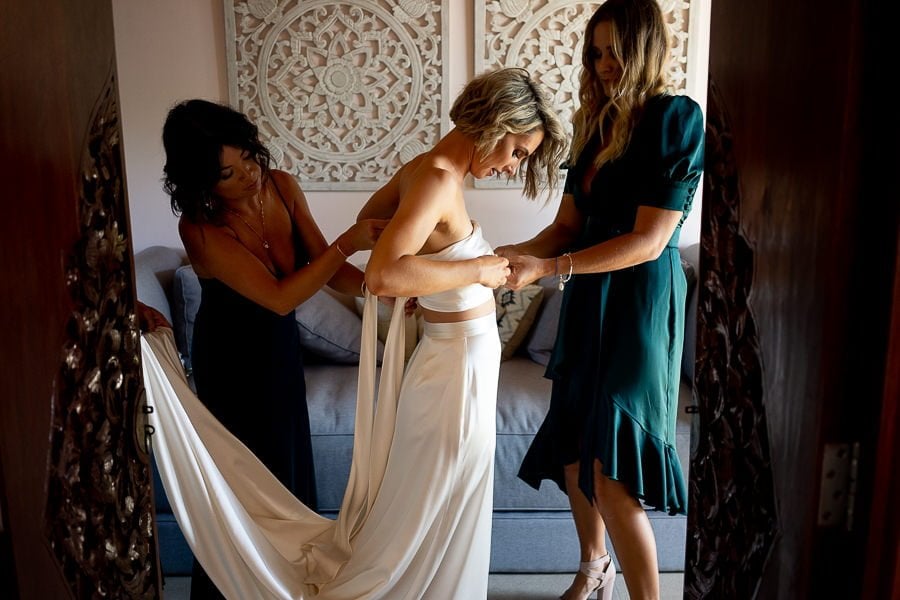
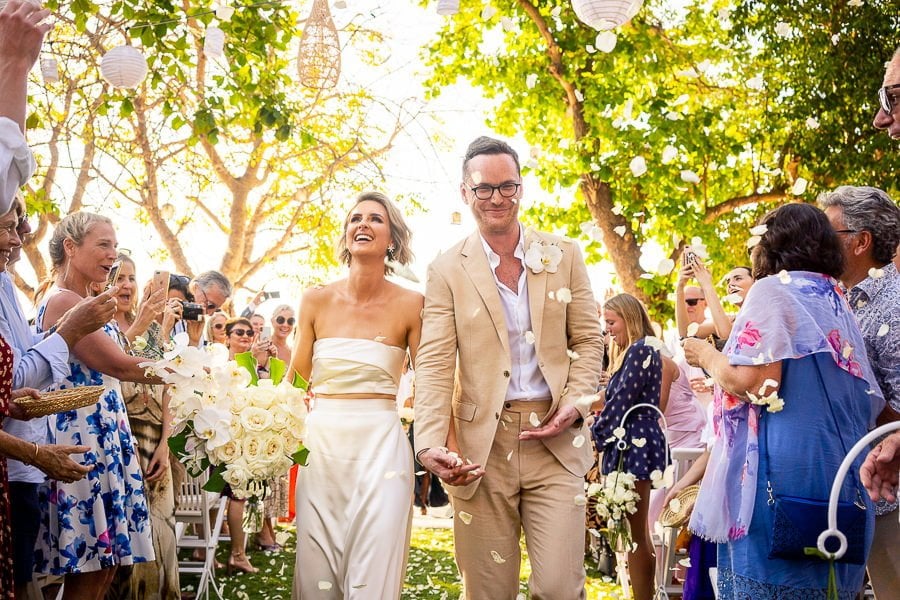

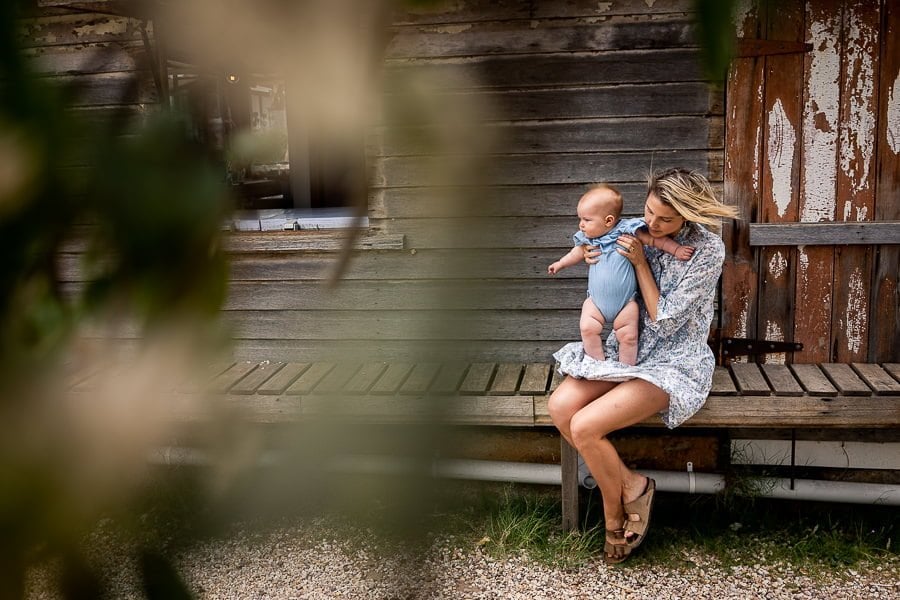
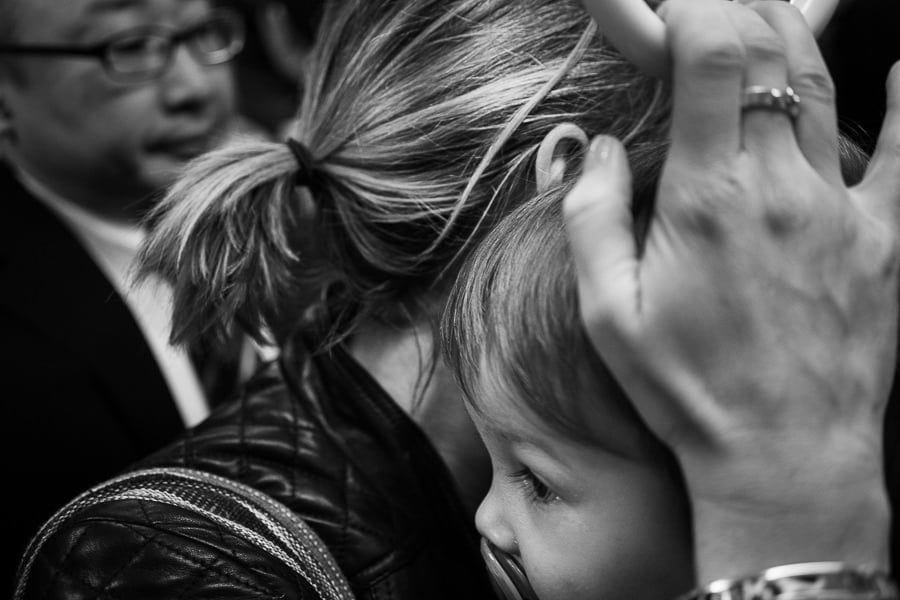
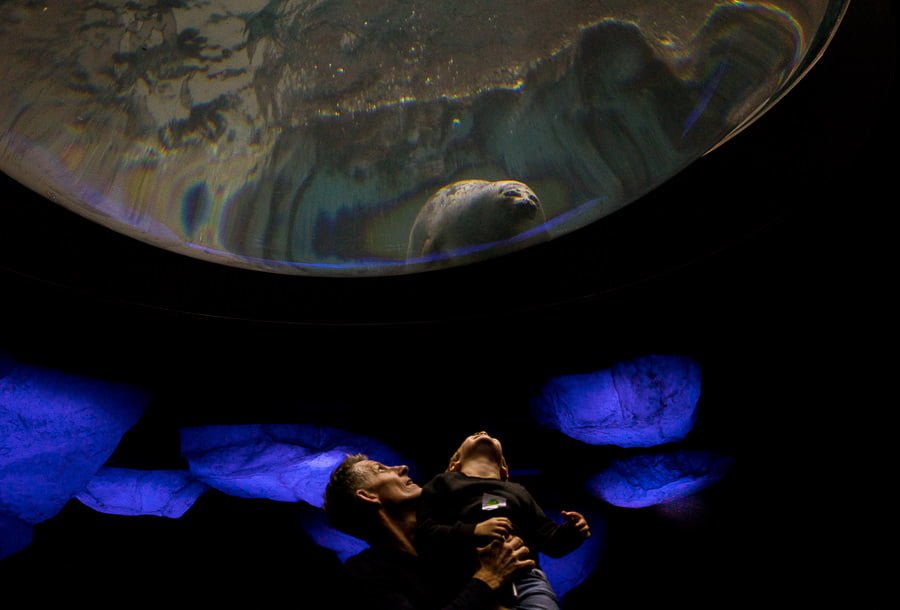
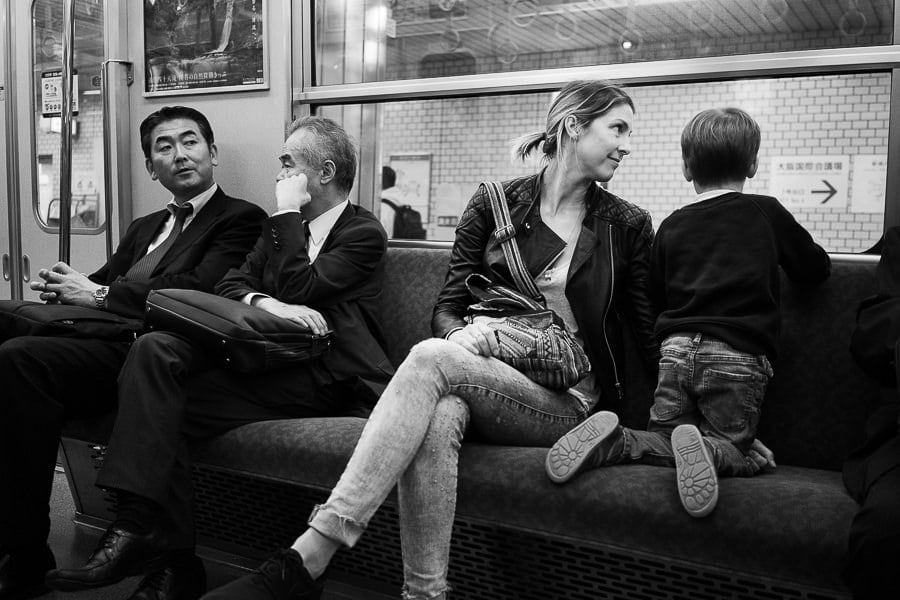








Value for Money
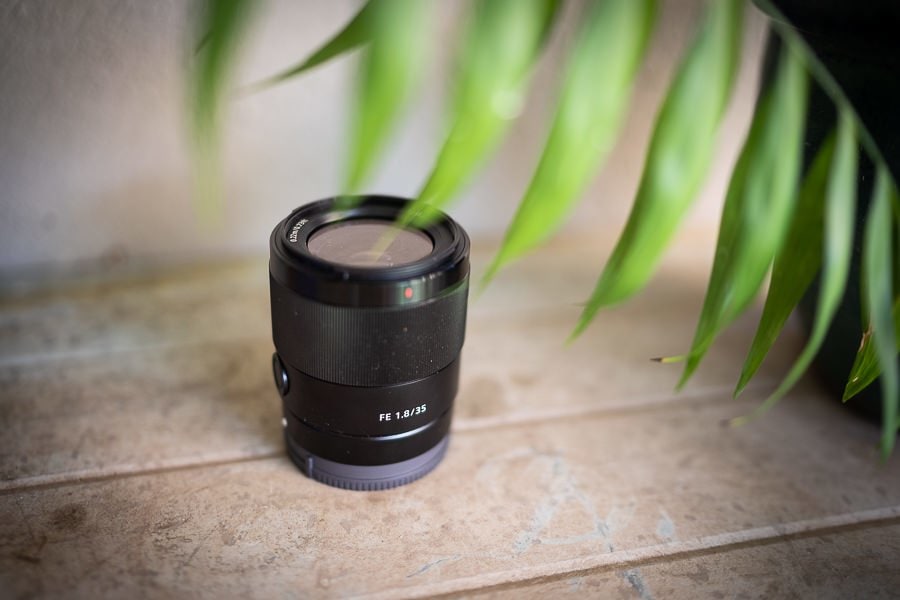
The Sony 35mm f/1.8 offers the best bang for your buck… and also happens to be the cheapest.
Sony 35mm f/1.4
You’ll always pay a premium for fast glass, and this holds true with this f/1.4 lens that tips the scale at almost $1,600 (latest price here).
Build quality is better than the other two lenses (it needs to be, to safely house the larger chunk of glass and its motor), and there’s no denying that a photo shot at f/1.4 has a certain unique quality to it… but is that extra 2/3 stop of light really worth this much more money?
Perhaps if you’re a professional photographer who often shoots in very low light, but for most others, f/1.8 is good enough.
Sony 35mm f/1.8
At just shy of $750 (latest price here), this lens is excellent value for money.
f/1.8 has always been the sweet spot when it comes to value, offering decent low-light/bokeh producing qualities while remaining within reach of most budgets.
Sony has done well to keep the price low, despite the premium all-metal build. If you’re on a strict budget, look also to the Samyang (Rokinon) 35mm f/1.8.
Sony 35mm f/2.8
For the plastic build and diminutive size, you’d be forgiven for thinking this should be a sub $500 lens.
However, thanks to that little blue ZEISS badge and the superior optics that go with it, the price tag is actually closer to $800 (see latest price here).
This is actually slightly more expensive than the f/1.8 version above, so unless you absolutely need the smallest, lightest camera + lens set up, your money is better spent with the f/1.8.
Sony 35mm Lenses Review | Conclusion

Attached to the Sony a7III, the 35mm f/1.8 FE makes a great combo.
I shot happily for 2 years with the Sony 35mm f/1.4 for local weddings, and the Sony 35mm f/2.8 for overseas weddings – shaving off 500-odd grams meant I could travel carry-on only, so the f/2.8 was a god-send in that respect.
With the release of the Sony 35mm f/1.8, you can probably guess the outcome – I’ve sold the f/2.8 and the f/1.4 is currently on Gumtree, waiting for a buyer in a more favourable economic climate!
If you study the sample images above, it becomes clear that the 35mm f/1.4 offers superior image quality. Whether shot wide open or stopped down, the images are sharper and clearer than the other 2 lenses.
When shot at f/1.4, there’s an almost-3D look to the photos, which simply can’t be replicated with an f/1.8 or f/2.8 lens.
However, the 3 big trade-offs are size, weight and price.
The 35mm f/2.8 is lots of fun to shoot with, and paired with a lightweight Sony Alpha mirrorless camera, it makes the perfect travel lens.
However, f/2.8 doesn’t provide much subject separation, so you’ll need to work harder with your compositions – there’s definitely no wow-factor when shooting wide open.
In summary, all 3 are stellar lenses, and it’s hard to fault any of them. I could quite happily shoot an entire wedding season using any one of them, but the 35mm f/1.8 represents the best compromise for me.
It’s fast enough to handle low light and produce beautiful bokeh, light enough to travel with, and best of all, doesn’t have an eye-watering price tag to go with it.
I hope this article helps you make a decision of which 35mm lens to pair with your Sony Alpha camera.
Leave a comment below with your personal preference, and happy snapping!

Great image quality, lightweight and compact - the best bang for the buck Sony 35mm of the year.







